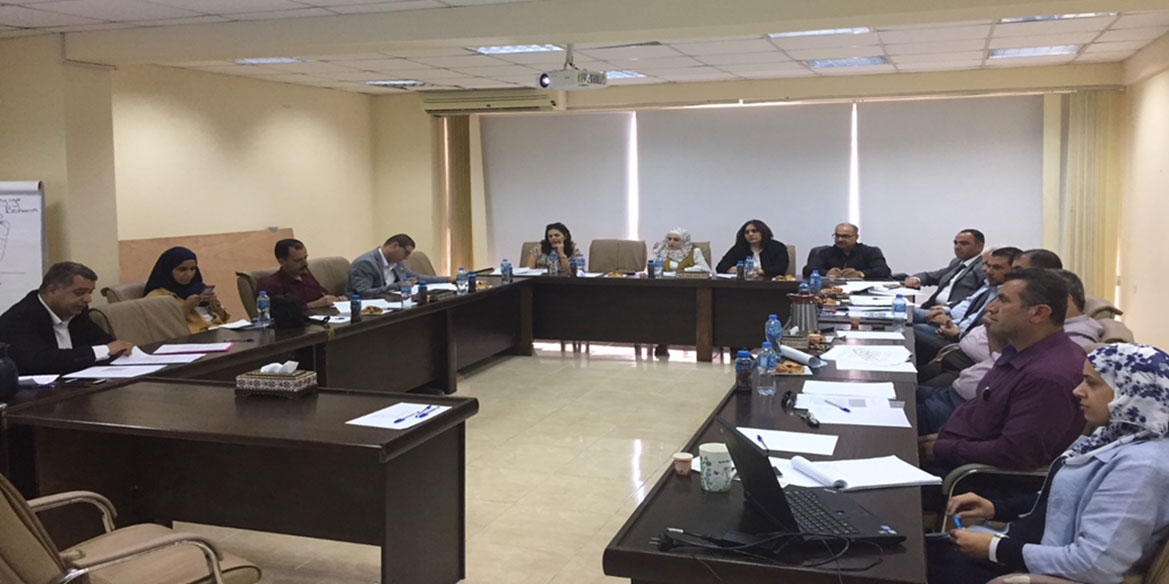The Palestinian Academy for Integrity – NAZAHA, in partnership with Konrad-Adenauer Foundation and in cooperation with the Palestinian Anti-Corruption Commission (PACC), held a workshop to discuss the first of a kind Public Corruption Risk Management Guide in Palestine. The workshop featured a group of Palestinian experts, representatives of some public institutions, private organizations, universities and donors to develop a systematic framework for Corruption Risk Management across the Palestinian public institutions.
Abeer Musleh, NAZAHA CEO, opened the workshop, stressing the significance of this guide as the first step in the right direction. The Guide offers a suite of methods and tools to prevent corruption across the Palestinian public sector if managed properly.
Musleh also highlighted this achievement is the fruit of joint effort between NAZAHA and PACC under the cooperation agreement between them.
In the same vein, dr Hamdi Khawaja, the Planning General Director, stressed the weight of the effort devoted to bringing this Guide to the light and results to come. He also emphasized the instrumentality mandatory measures and mechanisms to make sound corruption risk management decisions.
For his part, Jihad Harb, a scholar, presented the draft of the Guide. The Guide is given over to present key concepts, guidelines, and instructions on the making of a robust corruption risk management plan in the public sector. It is also set to explain how to identify, assess, and minimize these risks wielding the risk management approach. The Corruption Risk Management Guide serves as an efficient framework for risk-management a model to minimize corruption.
Harb added that ‘The Corruption Risk Management offers a solution to spot the structural weaknesses that might leave the door ajar for corruption.’ Harb added, ‘it also provides a framework for all employees to identify and address corruption risks.’ He also distinguished between corruption risk management and other risks. ‘Corruption is a premeditated act not accidental.’ the scholar continued, ‘the public sector institutions have fewer options to manage their corruption risks than other risks.’
Harb also presented the stages of corruption risk management in the public sector, including risk management team formation, risk identification, risk assessment, risk controls, risk management plan, and monitoring.
The participants recommended the Guide be used to manage corruption risks across the public institutions, as it falls under the governance of private sector, as well as incorporating the corruption risk management in the strategic plans of Ministries and public institutions to minimize corruption and enhance the National System for Integrity.

